Militia Timebomb: How the Fear of State Violence Guaranteed It
Donald Trump found a small seam in a 240-year-old constitutional compromise, and drove a truck through it.
In 1804, Aaron Burr shot Alexander Hamilton with a .56 caliber flintlock pistol after Hamilton had lobbied hard against Burr’s candidacy for president and then governor of New York. Famously, Burr called for a duel.
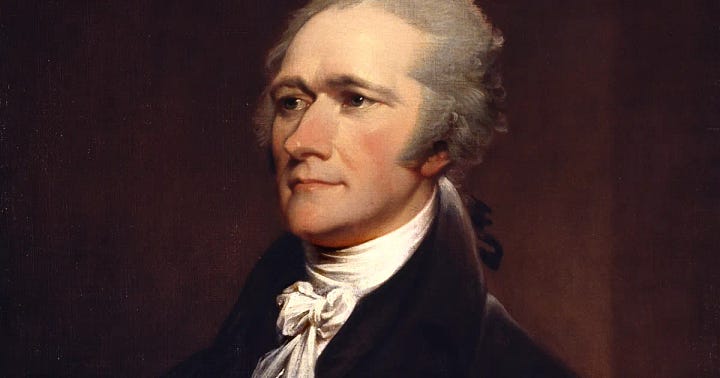

To Hamilton, Aaron Burr represented everything he feared about raw ambition corrupting the brand-new American experiment in democracy.
“Burr has no principles, public or private. As President he will disgrace our country abroad, and at home his government will be the engine of speculations and corruption.”
“The public good must be the supreme rule of conduct. … Yet Mr. Burr is known to be as ambitious as Cromwell. If he can, he will certainly disturb our institutions to secure to himself permanent power.”
—Alexander Hamilton
Over two centuries later, such a man has arrived to do everything Hamilton worried about. But the irony goes deeper than that. The 21st century Burr has inverted everything Hamilton fought to build—and to protect.
After the Revolutionary War, as the new nation was deciding how it would govern itself, there were two primary camps. Hamilton was a Federalist who was deeply concerned about the fragility of the newborn democracy and wanted strong federal power to ensure it. However, the Anti-Federalists, including Burr, were more concerned that centralizing power in the Executive would enable a tyrannical government.
There was nothing short of an 18th-century psychological war waged to determine the shape of the Republic leading up to the ratification of the Constitution in 1788, and the Bill of Rights in 1791. In a revolutionary-era form of modern live action role play (LARP), the Federalists published their point of view under the pseudonym Publius, while the Anti-Federalists published many of their ideas under the names Brutus and Centinel through pamphlets and periodicals.
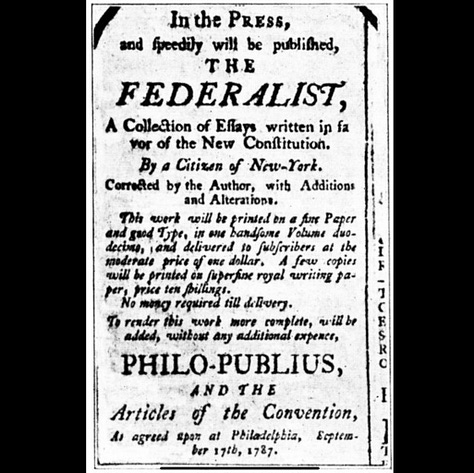
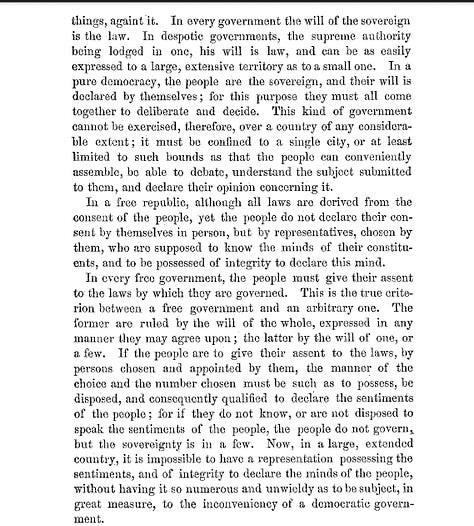
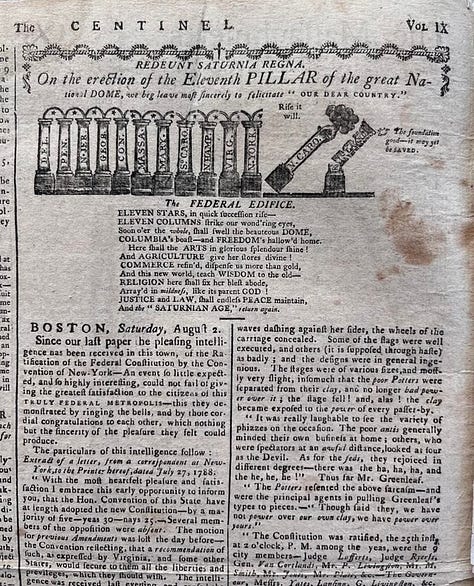
One of the primary issues at hand was the concentration of military power, including militias. Both sides, the Federalists and their opposites, saw standing armies as a potential source of tyranny, but differed on how much federal control there should be, with the Anti-Federalists arguing that it should remain in the control of the states.
Brutus XI: “They are the tools of ambition, and will subvert the liberties of the people…”
Patrick Henry: “Armies, when raised, must be employed. They can easily be turned against us.”
Centinel I: “An armed force at the command of Congress, may be made the engine of despotism.”
In order to ratify the Constitution through the States, the Federalists had to make concessions, including state control of militias.
Hamilton (Fed. 8): “To be more safe, they at length become willing to run the risk of being less free.”
Madison (Fed. 46): “The advantage of being armed… forms a barrier against the enterprises of ambition.”
Mason (VA convention): “The militia… consist now of the whole people.”
The compromise between the Federalists and Anti-Federalists was reflected throughout the Constitution—most glaringly in the existence of the Bill of Rights. In Article I, it is the law that only Congress can “raise and support Armies.” However, states may form militias to protect themselves from invasion or from the federal government. But in Article II, the founders inadvertently laid a timebomb—that Trump is deliberately exploding.
“The President shall be Commander in Chief of the Army and Navy of the United States, and of the Militia of the several States, when called into the actual Service of the United States.”
It is the phrase “when called into the actual Service” which rightly, as it turns out, concerned the Anti-Federalists.
Brutus VIII (1788): “The power in the federal legislature to raise and support armies at pleasure, as well in peace as in war, may be employed in such manner as to terrify the states into an undue obedience to the general government.”
In the Bill of Rights, the Anti-Federalists tried to ensure the right of each state to have its own “well regulated militia”—and the Federalists conceded. That’s why the text reads:
"A well regulated Militia, being necessary to the security of a free State, the right of the people to keep and bear Arms, shall not be infringed.”
But after the 19th century, when militias in the United States increasingly fell into a chaotic sideshow—in some cases more of a social club than a military—the Militia Act of 1903, known as the Dick Act, created what became known as the National Guard by transforming the patchwork of state militias into professionalized reserve Armed Forces. The law required militias to meet federal training and equipment standards and created a dual status: the Guard remained under the governors in peacetime, but could be federalized by the President in emergencies. By the 1930s, the National Guard was fully integrated with federal command—and the ticking bomb unwittingly set by the founders grew larger and more powerful.
For two centuries, the Supreme Court held that the plain meaning of the Second Amendment did not automatically confer the individual right to bear arms. But in 2008, the Roberts Court, in just one of numerous wildly political rulings—Washington D.C. v. Heller—twisted the wishes of the founders into helping set the conditions for millions of high-powered weapons to be pumped into circulation.
But Heller also obliterated the actual intended meaning of the Second Amendment—that armed militias, now the National Guard, should be well-regulated and controlled by the States in order to preserve state sovereignty, against, if necessary, a tyrannical federal government. Now, those same militias are being deployed against American cities. The inversion of the Constitution is total and complete. The safety-valve against state violence has become the source of state violence.
Washington DC, because it doesn’t have a governor, is the exception to state control of National Guard. The DC National Guard is federally controlled. That’s the mechanism the Pentagon used to withhold the Guard on January 6th for three hours despite requests from Congress. Trump technically controls the DC National Guard but in 2020 knew they wouldn’t do anything illegal, so he had Acting SecDef Chris Miller, Kash Patel, and Charles Flynn ensure they couldn’t be deployed while insurrectionists tried to hang Mike Pence.
Trump saw the fact that the insurrection did not succeed as weakness and failure which is why he is deliberately militarizing Washington DC by deploying National Guard not just from DC, but from six red states.
Trump is also mobilizing National Guard troops within 19 red states, allegedly to support his immigration and anti-crime crackdown.
This intrusion into the states is, in every conceivable way, against what all of the Founders, both the Federalists and the Anti-Federalists, wanted to prevent. His actions are not just unconstitutional, they are inversions of the Constitution. Trump is using the exact hinge point of the compromise between those who worried that the proposed federal government might have too much power, and those who wanted it to be strong enough to protect a fragile democracy—to destroy the democracy they fought and bled for.
The next city that Trump has promised to invade is Chicago, Illinois—a state governed by billionaire JB Pritzker who is, like Gavin Newsom, trying to take Trump on politically. Trump said this in the Oval Office this afternoon, an explicit normalization of dictatorship and political violence.
“Chicago's a killing field right now. And they don't acknowledge it. And they say, we don't need them. Freedom, freedom. He's a dictator. He's a dictator. A lot of people are saying, maybe we like a dictator. I don't like a dictator. I'm not a dictator.
They have to pass a toughness test, otherwise they're not working for us. So and we're allowed to do that now, according to the United States Supreme Court decision. Now, they have to pass a toughness test. If they're not tough, we don't want them for this job.”
This evening in Chicago, Pritzker responded with a notable warning to his fellow governors not to send troops into his state “to cater to the ego of a dictator” and says Illinois will “respond with every peaceful tool we have” to Trump’s deployment.
The problem, of course, is that this is an inherently violent scenario. It is the threat of violence with no protection from authorities that gives a few hundred National Guard troops the power to threaten and terrorize a city of nearly three million.
Pritzker, Newsom and their fellow governors must stop treating this as politics and form a coalition willing to take calculated risks with the safety of numbers, and, even more importantly, to plan for and make contingencies against a range of potential democracy-ending scenarios.
For example, just by controlling a militarized perimeter that includes the Capitol in DC, Trump has the power to prevent the Democrats from taking power in Congress in 2026, regardless of the results. Trump could use his multi-layered blanket of police, FBI, DHS, and National Guard troops to delay or seize certifications in contested districts. He could simply refuse entry into DC of new members, or stop them at the at the Capitol perimeter.
On opening day of the next Congress, Jan. 3, 2027, Trump could use his power to detain or delay certain members from coming to the vote. Were a GOP minority present, with a reduced Democratic roll, the Republicans could take control of the House despite having lost the election.
The founders, despite their many notable flaws, all had the same goal: to, as John Locke demanded, not to “abolish or restrain” freedom but to use government to “enlarge freedom.”
After the Constitutional Convention in 1787, Ben Franklin was asked by Elizabeth Willing Powel of Philadelphia: “Well, Doctor, what have we got, a republic or a monarchy?”
Franklin replied:
“A republic, if you can keep it.”
Tick. Tick. Tick.
If you are able to help me continue my work, please consider upgrading to a paid subscription. It really means a lot. Thank you!/
Here are a few benefits to upgrading:
Live Zoom call each Sunday
Ability to comment and access all content
Wonderful, supportive community
Helping independent journalism fill in the gaps for our failing media
Thank you for reading and sharing my work. Grateful for your support.
If you’d like to help me with expenses, here is my DonorBox. 💙
If you’d like to help with my legal fees: stopmikeflynn.com.
My podcast is @radicalizedpod & YouTube — Livestream is Thursdays at 4PM PT.
Bluesky 🦋: jim-stewartson
Threads: jimstewartson


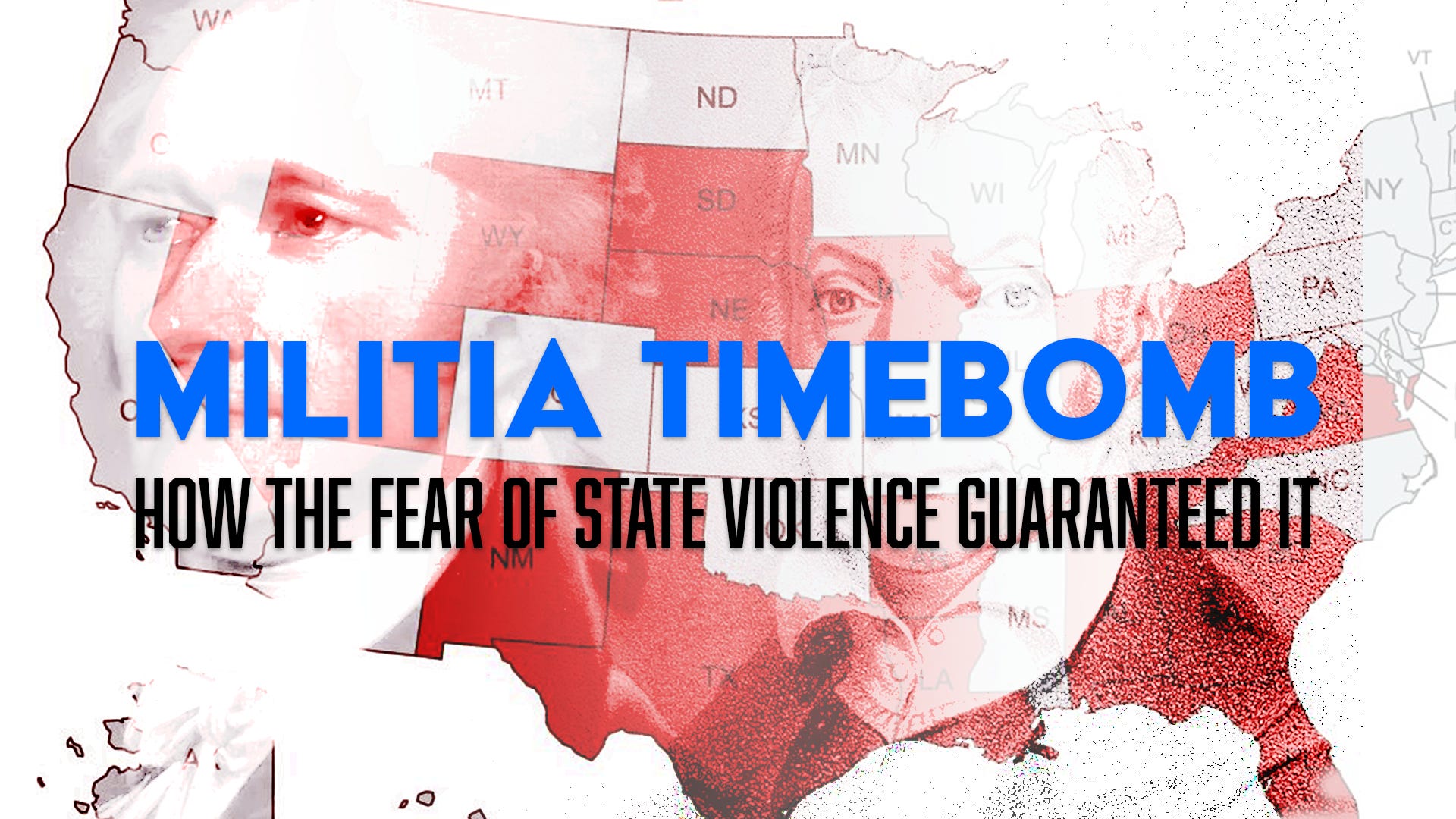
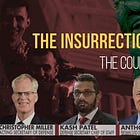
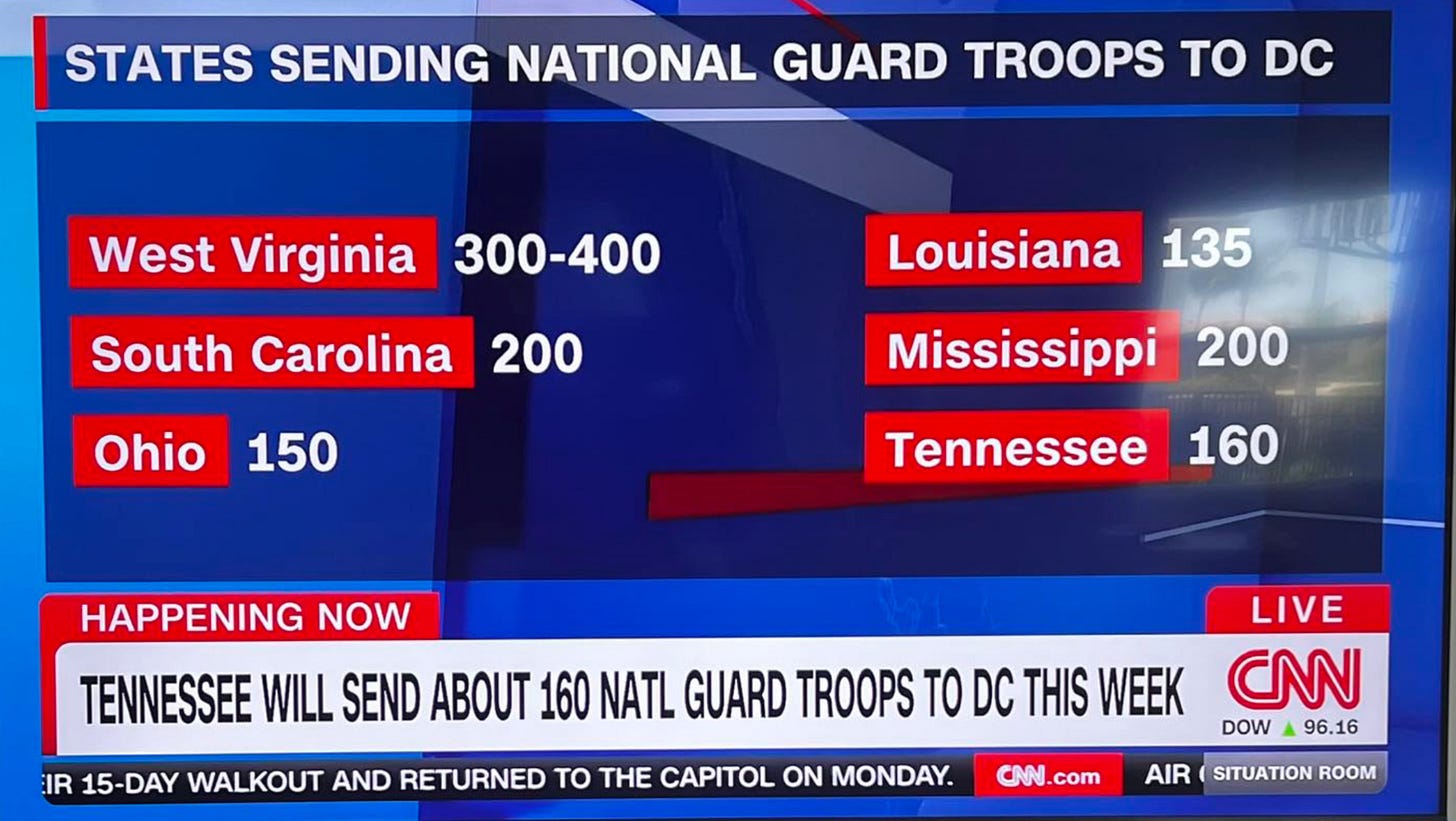
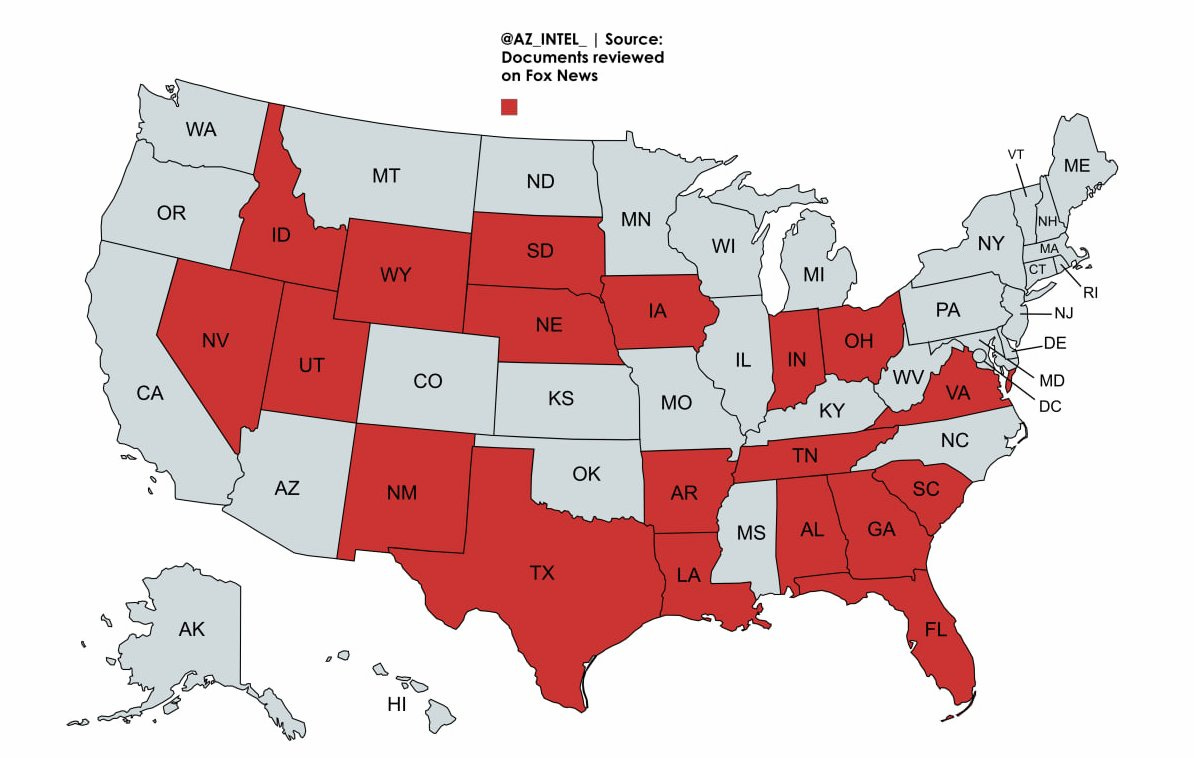
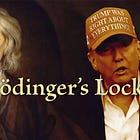
I hope they build that coalition! We don’t have much time. Also, I find it interesting Burr was compared to Cromwell as modern politicos compare Trump to Hitler.
This was a great piece, Jim!
Thanks!
growing up in Tx we didn't learn this in History back in the 60s and 70s even more so now the children of Tx are not being educated probably, I went to a public school in a poor minority area, we only learned the bare minimum They way you break it down straight and to the point excellent I will be able to explain it to my family and friends who have been brainwashed by right wing media and Radio History and civics are extremely important Thank you so much Jim KEEP SPEAKING TRUTH TO POWER